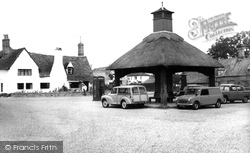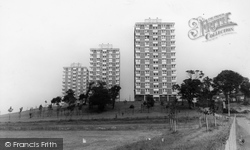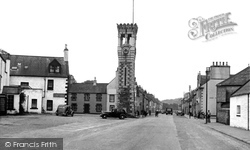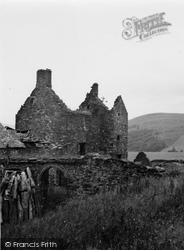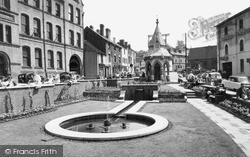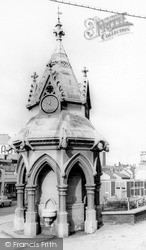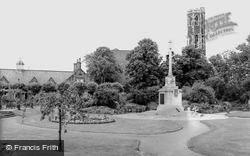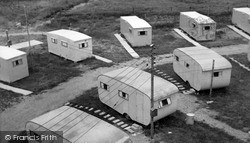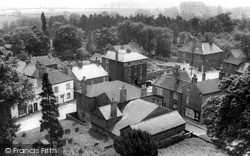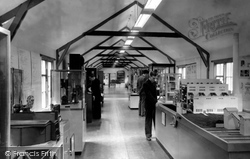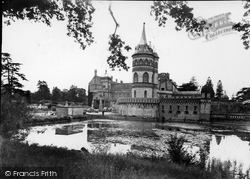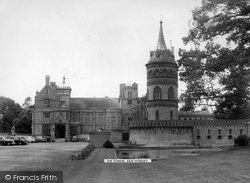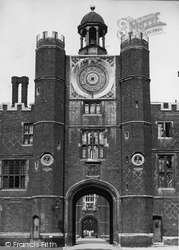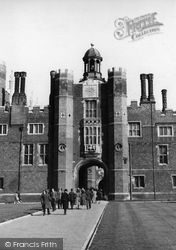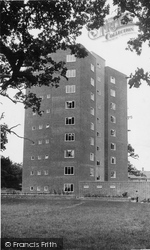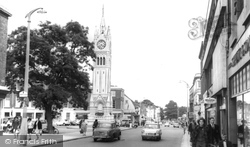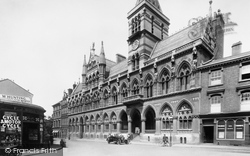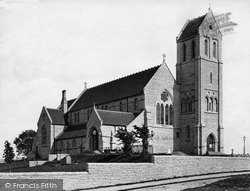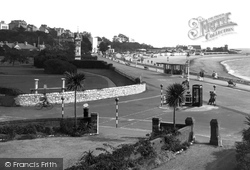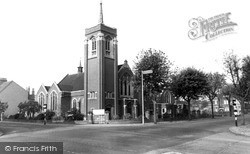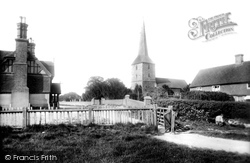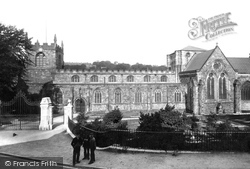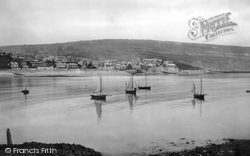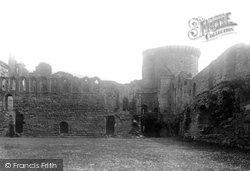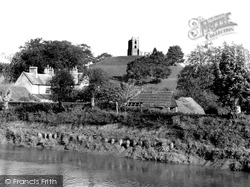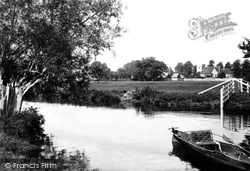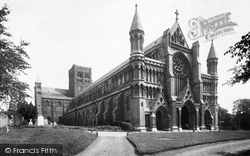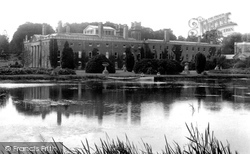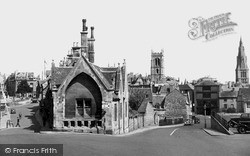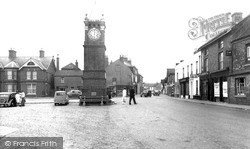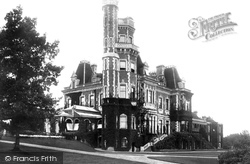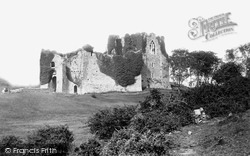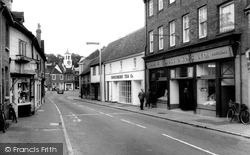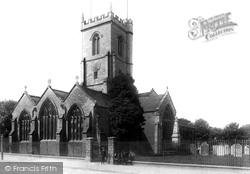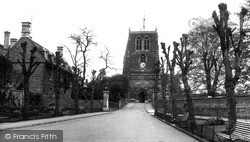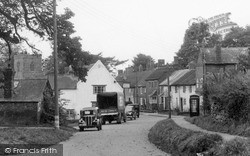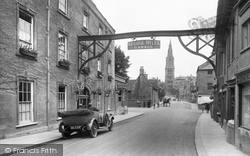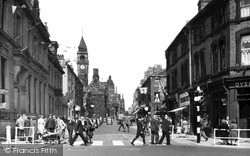Places
36 places found.
Those places high-lighted have photos. All locations may have maps, books and memories.
- Poplar, Middlesex
- Bow, Middlesex
- Bethnal Green, Middlesex
- Stepney, Middlesex
- Alton Towers, Staffordshire
- Isle of Dogs, Middlesex
- Limehouse, Middlesex
- Spitalfields, Middlesex
- Barjarg Tower, Dumfries and Galloway
- Bromley, Middlesex
- Stratford Marsh, Middlesex
- Tower Hill, Merseyside
- Tower Hill, Essex
- St George in the East, Middlesex
- Wapping, Middlesex
- Globe Town, Middlesex
- Old Ford, Middlesex
- Cubitt Town, Middlesex
- Tower Hill, Cheshire
- Tower Hill, Surrey
- Bow Common, Middlesex
- Mile End, Middlesex
- Millwall, Middlesex
- Ratcliff, Middlesex
- Warmley Tower, Avon
- Tower Hill, Hertfordshire
- Tower End, Norfolk
- Tower Hamlets, Kent
- Tower Hill, Devon
- Tower Hill, West Midlands
- Blackwall, Middlesex
- North Woolwich, Middlesex
- Hackney Wick, Middlesex
- Shadwell, Middlesex
- South Bromley, Middlesex
- Tower Hill, Sussex (near Horsham)
Photos
2,720 photos found. Showing results 2,061 to 2,080.
Maps
223 maps found.
Books
1 books found. Showing results 2,473 to 1.
Memories
637 memories found. Showing results 637 to 637.
Captions
3,036 captions found. Showing results 2,473 to 2,496.
This heavily-decorated Victorian building was built by E W Godwin in 1864; as the picture demonstrates, it consists of two storeys with a clock tower, a turreted gable and endless lines of windows.
With its tower 300ft above sea level, it is probably the town's only building clearly recognisable from neighbouring Cardiff.
In the centre of the photograph is the white tower of the Pavilion Theatre.
A Baines church usually had a strikingly hand- some tower, as this one does.
The splendid 14th-century tower and wood-shingled spire of the parish church rise over the cottage roofs. Inside there is a fine old barrel roof and Jacobean pulpit.
The nave with its six arches and the western tower were built in the early years of the 16th century. It was restored by Gilbert Scott between 1866 and 1875.
The replica ancient Irish round tower is a memorial to a local M P who died in the prime of life. 92ft high, it carries navigation lights.
Nestling in a combe between two rocky hills, the tower of the parish church of St Michael is clearly visible in this view of the town, taken from the Cobb, on which the Duke of Monmouth landed on 11
Dating back to the 13th century, the castle is one of the most impressive ruined fortresses in Scotland; the Douglas Tower took 36 years to build, and is thought to be the work of French masons because
Seen here from beyond the River Parrett, it once had a castle; now it is crowned by the altered medieval tower of St Michael's church, another example of this dedication on a hill site.
Nowadays the diving tower has gone, fishermen line the banks, and there are notices along the edge of the lake warning of the dangers of deep water!
The tower is earlier, rebuilt in 1710. Hidden by the trees to its left is Culham Manor, a fascinating house; its core is a 15th-century grange of Abingdon Abbey.
The yellow stone and pepper-pot turrets of this 19th-century creation make an odd contrast with the solid Norman tower over the central transept, but this photograph gives a clear impression of the
Olantigh Towers 1901.
The church with the tower is St John's. Stamford is classed as the best stone-built town in England.
The buildings have not changed in fifty years - except that no one can remember the clock tower (built in 1899) not having a top to it!
It was built by Thomas Brassey, a successful railway contractor in a sort of French Second Empire style with French Renaissance overtones, complete with a tall tower.
At the other end was the rectangular tower, the remains of which are the subject of photograph No 32739. These two structures were linked together by high curtain walls.
At the bottom of the road is the clock tower overlooking the Market Place.
The projecting north transept (right) dates from the 13th century and is two centuries older than the tower.
This view looks east from the High Street to the west tower of the large medieval parish church. To the left is a former manor house, once the Urban District Council offices.
Beyond is the 14th-century tower of the parish church.
Beyond is part of Lord Burghley's Hospital, then the river, and up the hill in Stamford proper the elegant 160 foot tower and spire of St Mary's Church, a superb 13th-century Early English Gothic structure
We are looking up towards the clock tower of the Town Hall, built in 1880 in the French Gothic style by T E Collcutt, the architect of London's Savoy Hotel.
Places (38)
Photos (2720)
Memories (637)
Books (1)
Maps (223)



